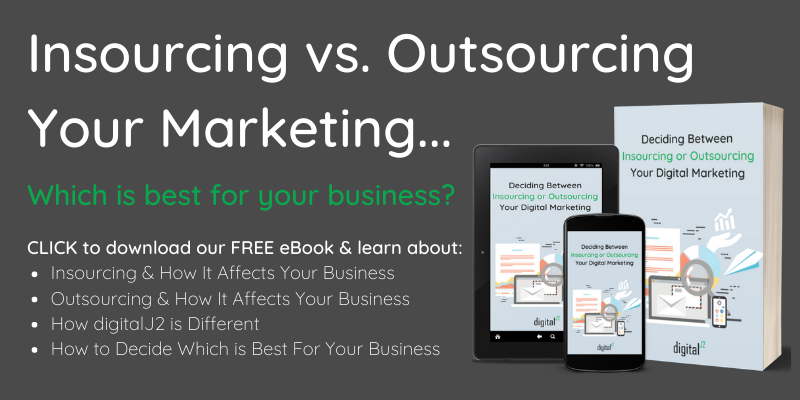
“What’s the good word?”
Writers use language for various reasons. Some want to take their readers on a grand adventure. Others just want to relay some basic information.
In copywriting, the goal of “the good word” is to attract new customers. If you’re one of these writers, you should know which writing style best fits your objective.
In this article, we’ll explore the different writing styles, offer examples of each type, and suggest when to use which one in content marketing.
What Are the Four Different Styles of Writing?
Even though there are numerous writers out there with a great deal of content, there are only four main writing styles: expository, descriptive, narrative, and persuasive.
Expository
“Just the facts, ma’am.”
Expository is the most common form of writing. This style delivers information, explains a concept, or tells the reader about a subject. Expository writing usually includes facts, figures, statistics, quotes, citations, graphs, charts, tables, illustrations, or other evidence that backs up what’s being stated. This style often has a logical order and sequence.
Here are some examples of expository writing:
- Textbooks
- Cookbooks
- News articles
- Instruction manuals
- Scientific and medical research
- Business and technical writing
You should use expository writing when you want to write about a subject without giving an opinion. If your goal is to pass along facts and data in a straightforward manner without any form of persuasion, expository is the style you want.
For content marketing and copywriting, the use of expository writing is best when you are offering useful information to prospects and building your authority as a go-to resource.
Descriptive
“She walks in beauty like the night….”
Descriptive writing involves lots of details. This style describes places, people, events, situations, objects, and locations to the reader. Descriptive writing brings words to life by using all five senses and creating a visual representation of the content. It’s mostly used in fiction, but can be utilized in creative nonfiction, too. The descriptive style is, at its core, poetic by nature.
Check out these examples of descriptive writing:
- Plays
- Songs
- Poetry
- Diary entries
- Nature writing
- Fiction
You need to use a descriptive writing style when you want to paint a picture for the reader and be specific about details. If you need to explain how something looks, tastes, feels, sounds, or smells, that’s descriptive writing.
In terms of content marketing and copywriting, descriptive writing is great to use when you are spelling out the benefits of a product or service and talking about features.

Narrative
“Once upon a time….”
A narrative writing style tells a story. It typically includes a plot with characters and dialogue. There is a beginning, middle, and end to the storyline. Narrative writing tends to run longer than other writing styles and keeps the reader asking, “Then what happened?” This style introduces conflict and wraps with some sort of resolution by the end.
Take a look at these examples of narrative writing:
- Novels
- Screenplays
- Short stories
- Anecdotes
- Mythology
- Biographies and autobiographies
You want to use a narrative writing style when you have a tale to tell. It’s possible to also use descriptive writing within a narrative style when you’re talking about people, places, and things. But, overall, a narrative focuses on storytelling.
Narrative writing is good for content marketers and copywriters who are penning testimonials. The customer has a problem or conflict, but by the end of their story, the issue gets resolved.
Persuasive
“I have a dream today.”
Persuasive writing is an attempt to make the reader see someone’s point of view. It’s made up of reasons, arguments, and justifications about why the reader should think a certain way or perform a particular action. A persuasive writing style asks the reader to take a stand on a position or belief. The writer is trying to convince the reader to be on their side.
Some examples of persuasive writing include:
- Editorial writing
- Product reviews
- Advertising copy
- Academic papers
- Cover letters
- Letters of recommendation
You should use persuasive writing when you want to sway someone in a particular direction. If you’re writing a political speech, a letter to the editor, or an ad for a product or service, you’re writing in a persuasive style.
A persuasive writing style is often used by content marketers and copywriters, especially at the end of their content. The call-to-action to fill out a contact form, download an eBook, or buy a product is persuasive writing at its finest.
When to Use Different Styles of Writing in Content Marketing
Now you know more about the different writing styles, a few examples of each approach, and when to use which type in content marketing.
All writing boils down to four main styles: expository, descriptive, narrative, and persuasive. You may have thought only the persuasive style would be used in content marketing. But actually, all four approaches can and should be used in copywriting.
Knowing which writing style best suits your goal as a content marketer or copywriter will help you send the right message to your target audience and acquire new business.






